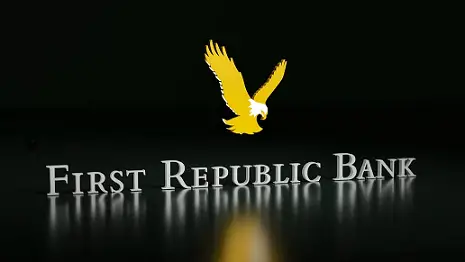On Tuesday, shares of several US regional banks plunged, following the collapse of First Republic Bank, the latest casualty of the United States’ banking crisis, which some reports are saying has overtaken the 2008 crisis in terms of size.
PacWest Bancorp, based in Los Angeles, with $41.2 billion in assets, and Western Alliance Bancorp, of Arizona, with $68 billion in assets led the plunge in share prices. Both lenders saw their stock prices plunge by at least 15% on Tuesday, igniting concern among traders over the financial health of several other mid-sized banks. So far this year, those two banks have lost more than $5 billion in market capitalization.
One benchmark index, tracking leading lenders, the KBW Bank Index, fell 5.52%, reaching the lowest level since December of 2020.At one point the S&P 500 had fallen by almost 2%.
On Monday, regulators swooped in and took over First Republic Bank, after making preparations to sell its assets to JPMorgan Chase, the largest bank in America, which it was noted will “assume all deposits, including all uninsured deposits, and substantially all assets” of First Republic as part of a $10.6 billion deal.
Jake Dollarhide, CEO of Longbow Asset Management, said in an interview with Reuters, “If a ‘confidence crisis’ can happen to First Republic, it can happen to any bank in this country.”
The seizure comes on the heels of the collapse of Silicon Valley Bank and Signature Bank, which first began the crisis of confidence in US mid-sized regional lenders. Both banks were seized by regulators within days of each other, following massive runs on their deposits. Now with the failure of First Republic, investors are asking if there is a contagion which will continue to spread.
Ed Moya, senior market analyst at Oanda, said in an interview with Bloomberg, “Wall Street is quickly hitting the sell button as banking turmoil appears it is not going away anytime soon. Risk appetite did not stand a chance as traders focused on lingering doubts over the regional banks, rising recession odds, and growing risks that the US could default on its debt next month.”
Economists are saying the present selloff is being driven by fears that higher interest rates will combine with higher inflation data, to make the situation worse, as we head into an economic downturn.

